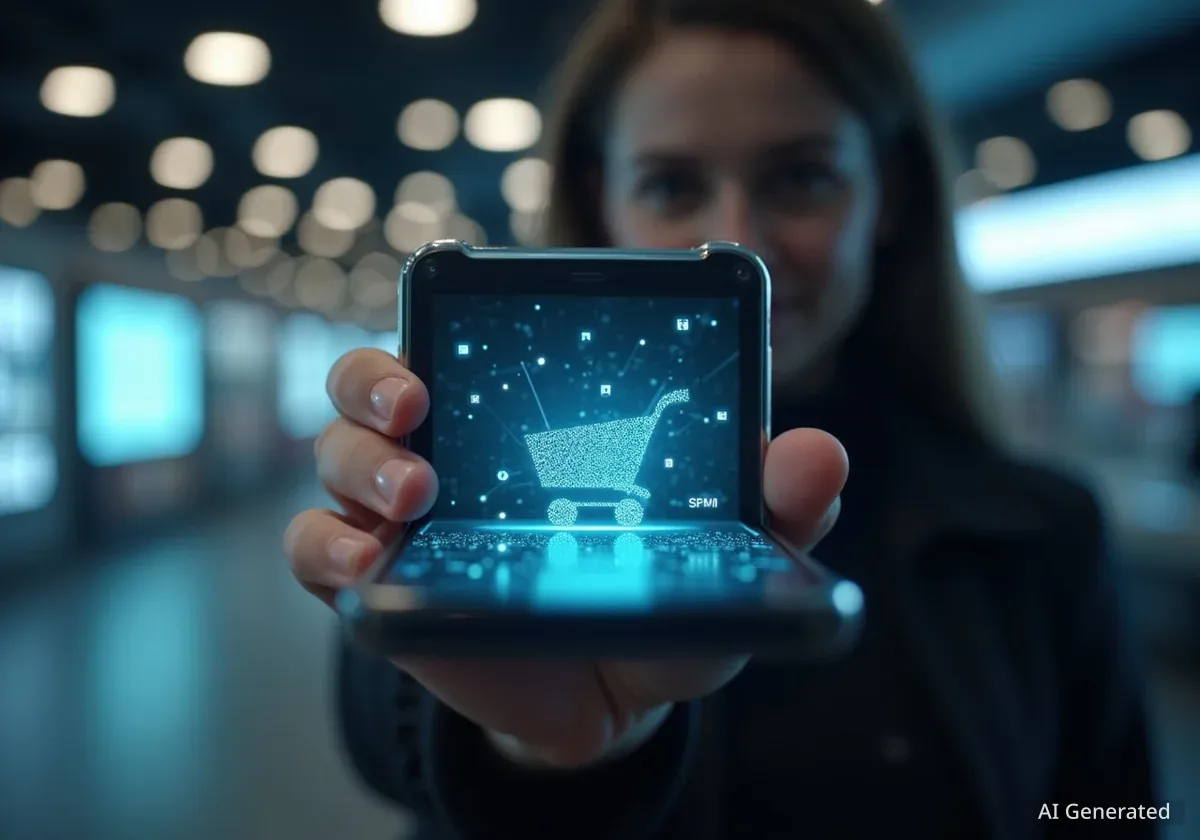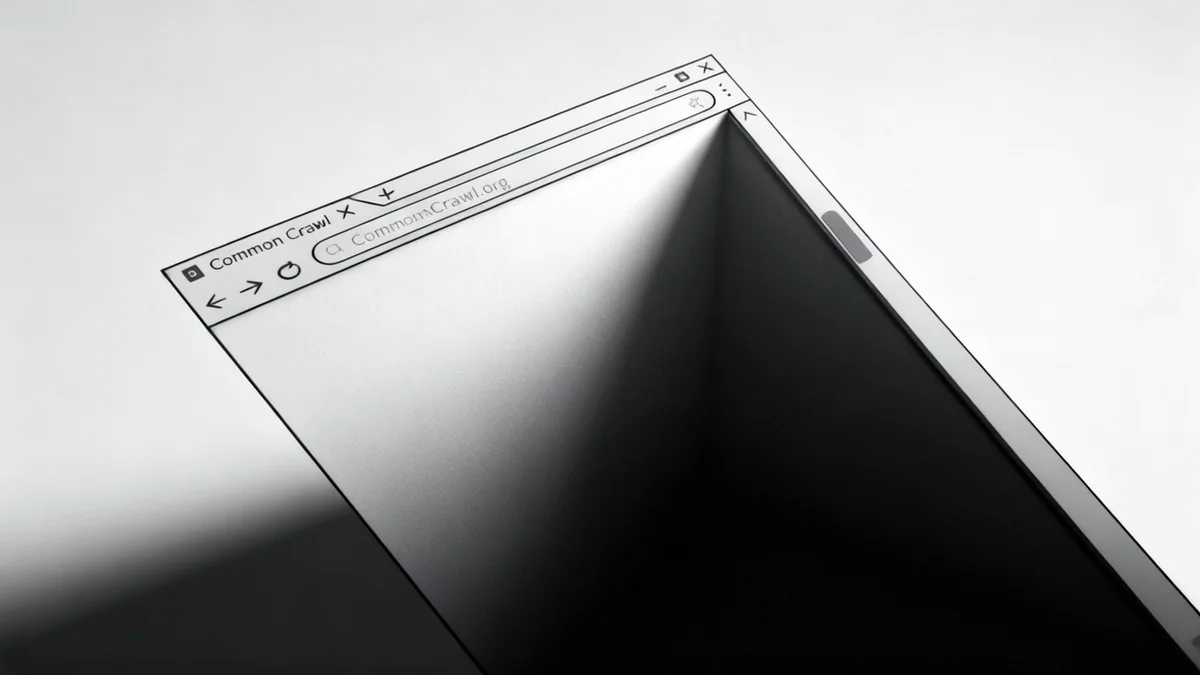Google has introduced a new AI-powered virtual makeup feature for its video conferencing platform, Google Meet. The update, which began rolling out on October 8 for both mobile and web users, adds 12 distinct makeup styles designed to enhance user appearance during video calls.
Key Takeaways
- Google Meet now offers 12 AI-powered virtual makeup options for users.
- The feature is an extension of the existing "Portrait touch-up" tools available since 2023.
- Advanced AI ensures the virtual makeup stays in place, even when the user moves.
- This addition brings Google Meet's feature set closer to competitors like Zoom and Microsoft Teams.
- The filters are disabled by default and must be manually activated by the user.
Google Enhances Appearance Tools in Meet
Google is expanding the capabilities of its video conferencing service by integrating artificial intelligence to apply virtual makeup. This new function is designed for users who want to adjust their appearance before or during a meeting without applying physical makeup.
The feature is part of a broader trend in video communication software, where platforms are increasingly offering tools to improve user confidence and comfort on camera. The update positions Google Meet to compete more directly with other major platforms that have offered similar appearance-enhancing filters for some time.
An Extension of Existing Features
The new makeup options are not a standalone feature but an addition to the "Portrait touch-up" suite that Google introduced in 2023. Prior to this update, these tools already allowed users to make subtle adjustments, including complexion smoothing, under-eye lightening, and eye whitening.
How the AI Makeup Feature Works
Users can access the new filters within the Google Meet interface by navigating to the “Appearance” settings. The makeup styles are located within the “Portrait touch-up” menu, providing a centralized location for all appearance-related adjustments.
Activation and Customization
The feature is disabled by default, ensuring that users have full control over their on-screen appearance. To use it, an individual must manually select one of the 12 available styles. This can be done either in the pre-meeting lobby or at any point during an active video call.
Once a user selects a makeup style, Google Meet will remember the preference. This means the chosen filter will be automatically applied in subsequent meetings until the user decides to change or disable it, streamlining the process for regular users.
Total Options: Users can choose from 12 different pre-set makeup styles. These options are designed to offer a range of looks suitable for various professional settings.
Advanced AI for Realistic Application
A key technical aspect of the new feature is its ability to maintain a realistic appearance through user movement. Google states that the AI-powered filter is designed to remain accurately mapped to the user's face, preventing common issues seen with less advanced filters.
According to Google, the virtual makeup will stay in place no matter how the user moves on-screen, making it seem more authentic. For example, if a user takes a sip of coffee, the filter will remain on their face instead of shifting to the mug.
This advanced tracking is crucial for maintaining a professional appearance, as it avoids the distracting and often unnatural-looking glitches that can occur when a filter fails to follow facial movements precisely. The technology aims to make the virtual makeup indistinguishable from real makeup for other participants in the call.
Staying Competitive in the Video Conferencing Market
The introduction of virtual makeup helps Google Meet achieve feature parity with its main competitors. Platforms like Microsoft Teams and Zoom have long offered a variety of filters and appearance adjustment tools, which have proven popular among users in the era of remote and hybrid work.
These features address a common point of friction for remote workers: the pressure to be "camera-ready" for frequent video calls. By providing simple, one-click solutions, video conferencing platforms aim to reduce this stress and improve the overall user experience.
As remote work continues to be a standard practice for many companies worldwide, the competition between video conferencing services is increasingly focused on user experience and convenience features. This update signals Google's commitment to remaining a top contender in this highly competitive software market.





